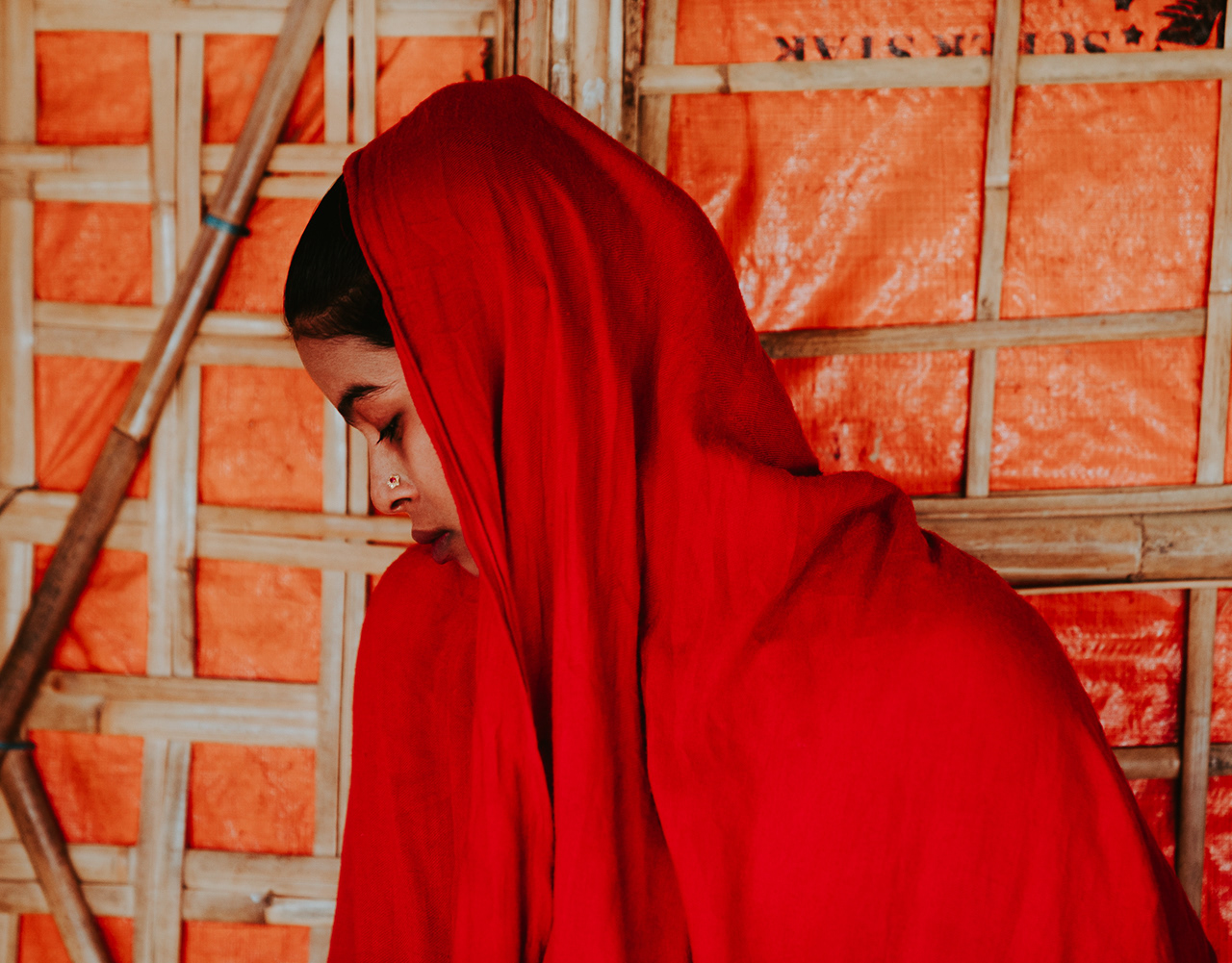|
We are pleased to announce the first in our "Photo Exhibition for Better" series. In this series, we plan to hold a photo exhibition once a year that will provide "an opportunity to make even a slightly better impact on the global environment and society" through the power of photography.
The gallery will not focus on a specific theme, but rather take up a domestic or international social issue that it deems important at the time, and donate 10% of the proceeds from the exhibition to activities related to that issue during the exhibition period.
Why now? Why Rohingya?
If you ask me that question, I will answer, "It all started when I met Ms. Wataya. I will answer, "It was the beginning of everything.
What I can do now. What I can do now is to create an opportunity for as many people as possible to think about the Rohingya through the photo exhibition with Ms. Watatani.
Gallery Fuyusei Nao Noguchi
In 2019, a friend invited me to go to a documentary filming of Rohingya. It was then that I first learned about the Rohingya people and their situation, and I immediately decided to go with her.
To be honest, until I actually met them, I felt that they were distant from me and that the world was somehow different from my own. I felt I had to see their lives with my own eyes.
However, I had many conflicting feelings as I interviewed the Kutupalong Refugee Camp, one of the largest refugee camps for Rohingya people in the Cox's Bazar region of Bangladesh, and Rohingya people living in India and Thailand.
I have a place to return to today and tomorrow, people who had their families massacred in front of me, young people whose legs were amputated, people living in a sense of entrapment that they do not know how long it will last....
I felt small for what I thought was of great significance, "to communicate to the world through photographs and images.
At that time, they welcomed us with smiles and said, "By coming from Japan like this, we know that someone somewhere is thinking about us. That gives me hope for tomorrow." Some of them said to me.
The words my friend taught me at the beginning of this article still remain strong in my mind.
That is, "The problems in the world would not be so big if everyone worked toward solving them.
I still don't know what is the right answer.
What can I do?
I keep asking myself that question.
First of all, I will do what I can do.
I hope that my photos in this exhibition will help as many people as possible to learn about the Rohingya.
Tatsuhito Watatani
|

